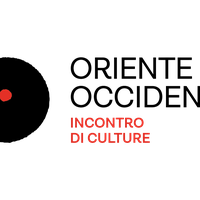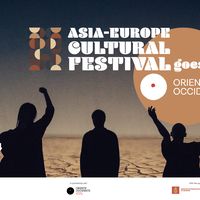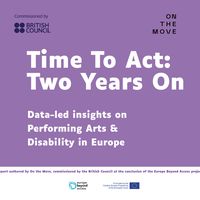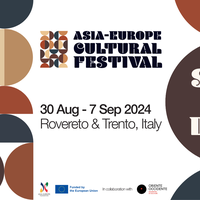Oriente Occidente | Interview with Lanfranco Cis

As part of culture360's Media Partnership with Oriente Occidente Impresa Sociale ETS, culture360 interviewed Artistic Director Lanfranco Cis, to learn more about Oriente Occidente as a cultural institution and the Oriente Occidente Dance Festival, its longstanding annual contemporary dance festival which was founded in 1981. The interview has been edited for length and clarity.
1. Tell us more about Oriente Occidente, which has been around since 1981. Could you share with us how and why Oriente Occidente was founded. Has the mission of the organisation remained the same or has it changed with the times? In its more than 40 years of activity of bringing the influences of the Eastern artistic tradition and Western experimentation to Rovereto, how has the role of Oriente Occidente changed in the last decade?
Lanfranco Cis: Oriente Occidente Dance Festival was founded in 1981 in Rovereto, Italy, with the aim of fostering cultural exchange and dialogue between Eastern and Western artistic traditions. It was established as a response to the increasing globalisation and interconnectedness of the world, recognising the need to bridge cultural gaps and promote understanding between different artistic practices. The festival's founders were driven by the belief that dance could serve as a powerful medium to transcend language and cultural barriers, facilitating meaningful connections among people.
The organisation's mission has evolved to some extent over the years, adapting to changing times and shifting artistic trends. While the core objective of cultural exchange remains central to Oriente Occidente, the festival has also embraced contemporary themes and issues, integrating them into its programming. This evolution reflects a recognition of the role that art and dance can play in addressing broader societal concerns such as social justice, environmental sustainability, and inclusivity.
Oriente Occidente has sought to provide a platform for artists who tackle these issues through their work, amplifying their voices and contributions to the broader discourse.
Additionally, Oriente Occidente has expanded its reach and impact, not only as a festival but also as an institution that contributes to cultural and artistic development. The festival's activities have grown to encompass conferences, discussions, and collaborations that extend beyond performance stages. This multidimensional approach reflects a commitment to fostering deeper connections and understanding among artists, audiences, and communities.
%20Firmamento%2C%20Marcos%20Morau%2C%20La%20Veronal%2C%20ph_Guido%20Mencari.jpg)
1. Marcos Morau's Firmamento premiered on stage for the first time in Italy at Teatro Zandonai, opening this year's Oriente Occidente Dance Festival © Guido Mencari
2. As a cultural institution that aims to bridge the East and West through exchanges and intersections, do you feel that the festival has enhanced Italy’s standing amongst Asian artists and vice versa?
Lanfranco: Oriente Occidente Dance Festival has played a significant role in enhancing Italy's standing among Asian artists and vice versa. The festival's emphasis on cultural exchanges and collaborations has provided a platform for Asian artists to showcase their work to Western audiences and vice versa. This exposure has facilitated cross-cultural learning and artistic enrichment, contributing to a more diverse and globally informed artistic landscape. From the 80s, when the aim was perhaps to bring the exotic, the shift was and is, in finding a common ground for exchange and development.
Moreover, the festival's commitment to bridging artistic traditions has also helped strengthen Italy's role as a cultural hub that welcomes artists from around the world. Through collaborations, performances, and discussions, the festival has created spaces for dialogue and mutual exploration of artistic expressions, fostering a sense of unity amidst diversity.
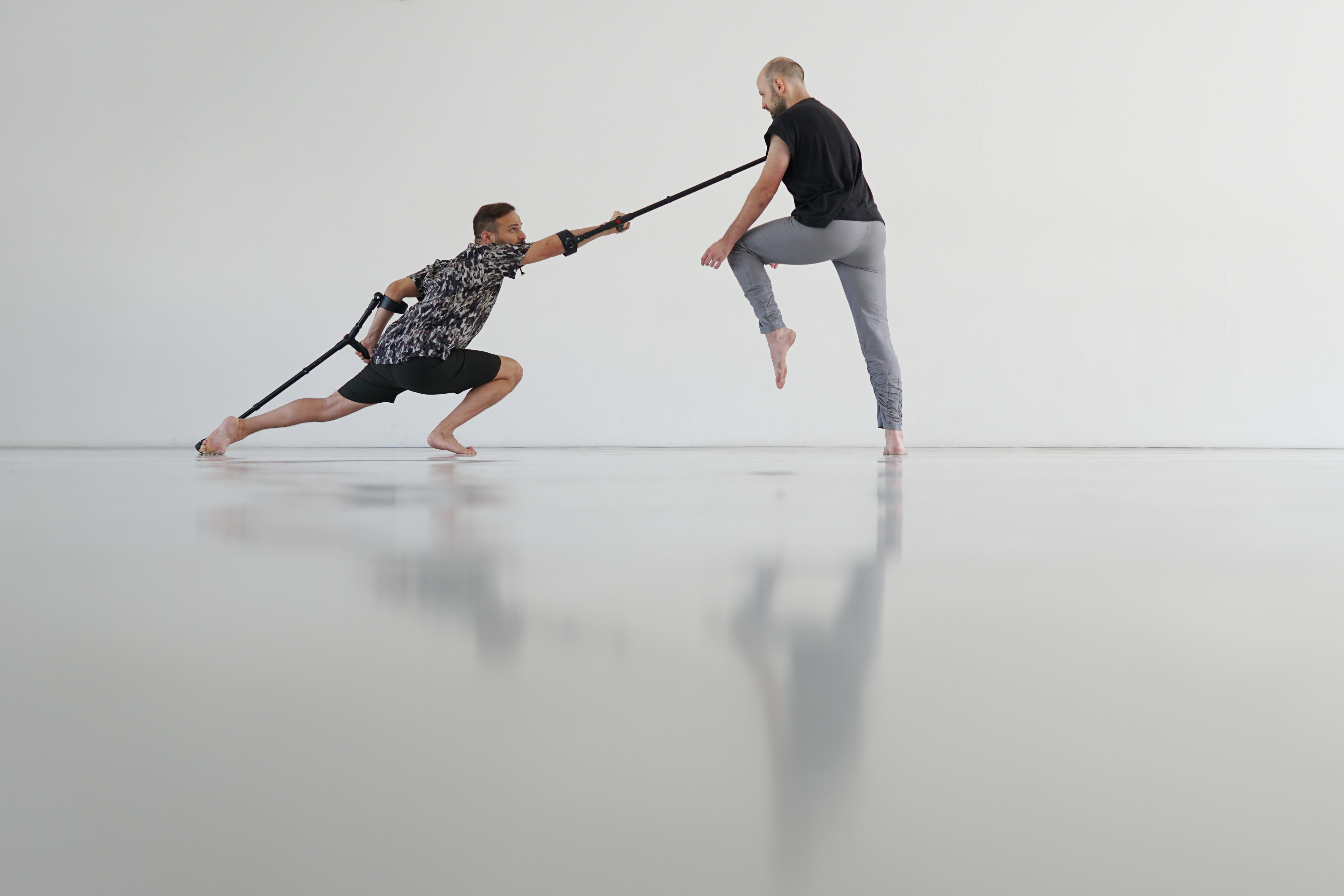
2. The world premiere of Sharon Firdman's Go Figure the Oriente Occidente Dance Festival, that features a duet between a performer with disabilities and a performer without disabilities © Lior Segev
3. In your opinion, how has the contemporary dance sector evolved in Italy and in the European region in the last 10 years? In what ways have these changes informed the programming of your flagship activity, the Oriente Occidente Dance festival?
Lanfranco: The contemporary dance sector in Italy and Europe has undergone significant evolution in the last decade. There has been a growing recognition of the role of contemporary dance in addressing social, political, and environmental issues. Artists are increasingly using dance as a means to convey messages, provoke thought, and challenge societal norms.
Oriente Occidente Dance Festival has responded to these changes by curating programs that reflect contemporary themes and concerns. The festival has become a platform for artists to engage with pressing topics, such as climate change, gender equality, and social justice. This evolution in programming is a reflection of the broader shift in contemporary dance towards more socially engaged and relevant work.
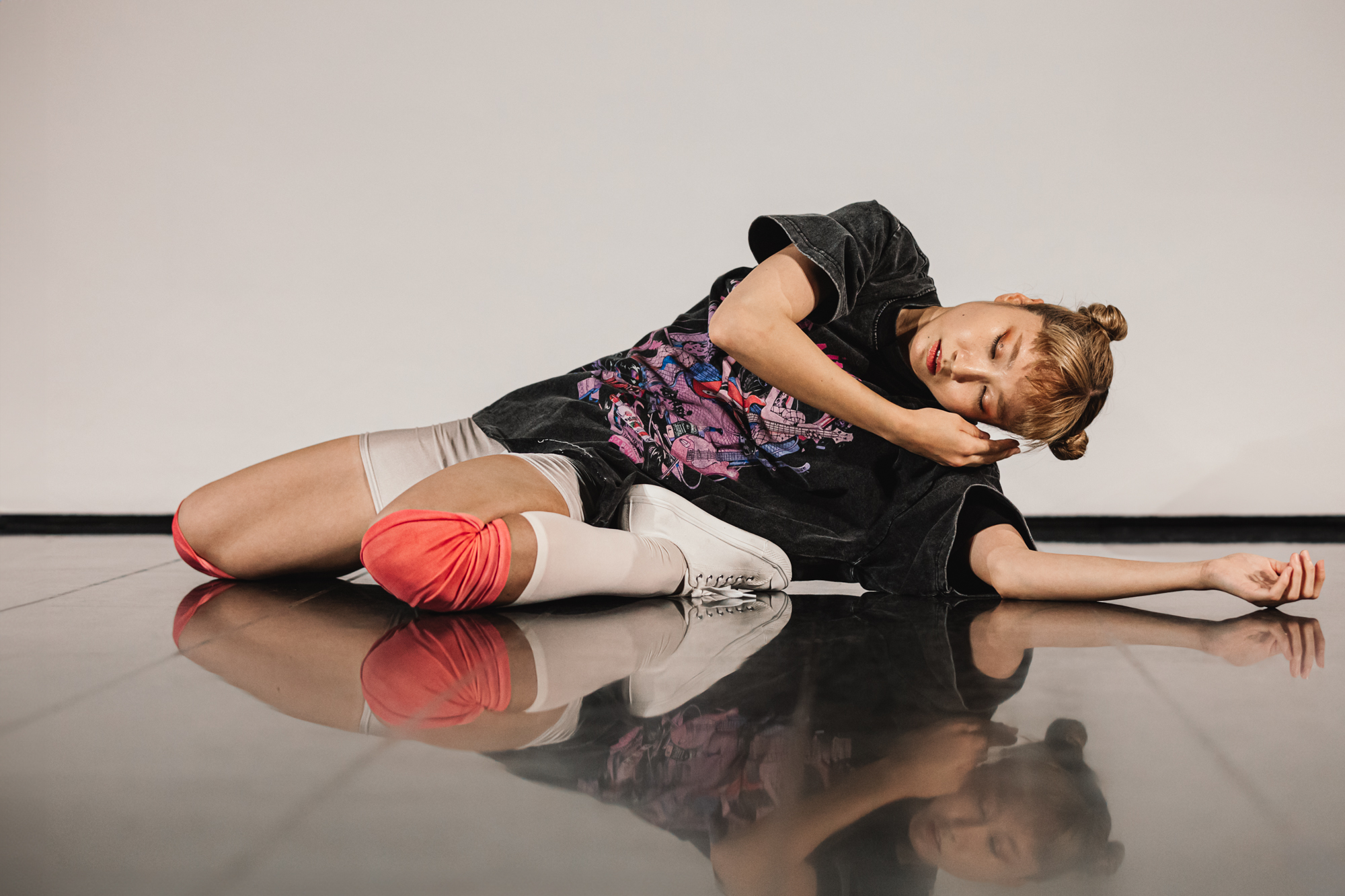
3. Yoko Omori from Japan, bringing to the museum spaces a work-in-progress of her latest project Plain-Chan at this year's Oriente Occidente Dance Festival © Guido Mencari
4. This year’s festival focuses on a call to action to cultural, social and environmental sustainability, all of which are pressing issues of our time. What is the vision for the festival this year? How were the festival programmes curated or chosen in response to this year’s theme?
Lanfranco: The vision for this year's Oriente Occidente Dance Festival is to engage with urgent global issues and encourage action towards cultural, social, and environmental sustainability. The festival's programming has been curated to address these themes directly, with performances, discussions, and conferences that tackle topics such as climate change, gender issues, accessibility, and more. The festival aims to inspire audiences to consider their role in shaping a more sustainable and inclusive future.
The selection of performances and events for this year's festival reflects a deliberate effort to highlight the intersections between art and activism. By bringing together artists who are addressing critical issues through their work, the festival aims to create spaces for dialogue, reflection, and collective action.
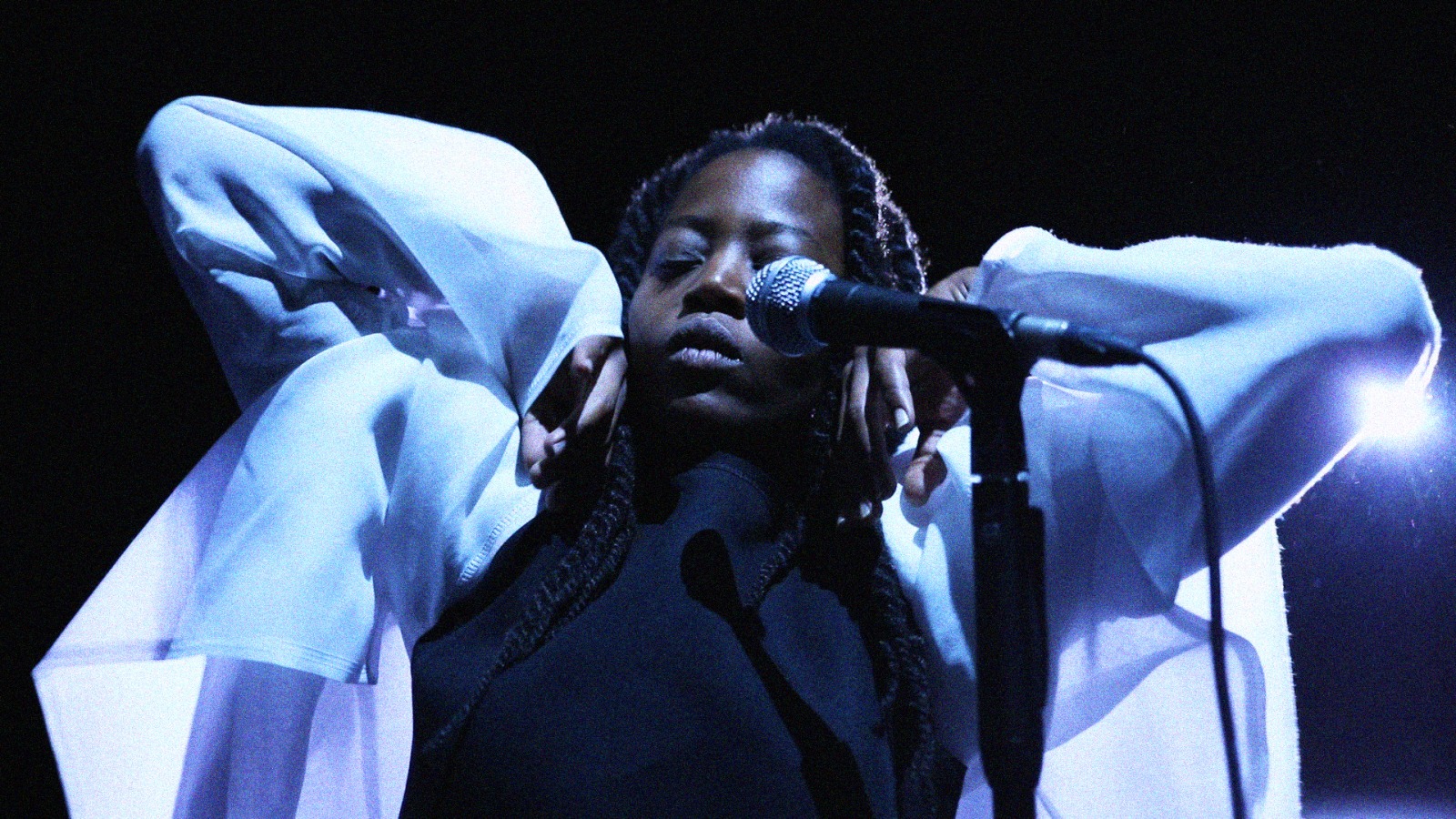
4. Toi, Moi, Tituba... by Dorothée Munyaneza © Elodie Paul
5. What are the top 5 things that are unique in this year’s edition of the Oriente Occidente Dance Festival?
In this year's edition of the Oriente Occidente Dance Festival, here are five things to look out for:
- Marcos Morau, a Catalan choreographer who is now considered one of the points of reference on the international scene, kickstarts this year's Oriente Occidente. He is back in Rovereto, a city with which he has had a special relationship for many years, for the national premiere of Firmamento, his new work is addressed to an audience of teenagers and to all who have not lost the curiosity typical of adolescence.
- Sharon Fridman is also back and brings to Oriente Occidente the world premiere of his new duet Go figure, in which a performer with disabilities and a performer without disabilities will be on stage in an encounter that enhances the characteristics of both.
- A young choreographer Yoko Omori, winner of the second prize in the seventh edition of the Danse élargie competition, will be in Rovereto from Japan, thanks to a collaboration between Oriente Occidente and the Theatre de La Ville in Paris. An extraordinary performer, Omori also won Oriente Occidente's call for an artistic residency in 2023 and brings to the museum spaces a work-in-progress of her latest project Plain-Chan.
- Women, Afro-descendance, and post-colonialism are at the centre of an intense solo by Dorothée Munyaneza, a French-Rwandan artist who will be on the stage of Oriente Occidente with Toi, Moi, Tituba... This is a work dedicated to the story of Tituba, a woman, black and considered a witch, who raises numerous questions on the relationship between violence, gender and skin colour.
- The underground spaces of the museum's garage will host Radio Vinci Park, by François Chaignaud and Théo Mercier, a performance that combines the live baroque music of Marie-Pierre Brébant's harpsichord with the roar of an engine, the movements of dance with the power of a stuntman on a motorbike.
Cover Image: Oriente Occidente Dance Festival poster © Oriente Occidente
Learn more about Oriente Occidente here.
Since 2012, culture360.ASEF.org has supported the outreach and visibility of over 65 arts events in Asia and Europe. We strive to continue supporting on-site and virtual arts events across the 2 regions through a variety of communication activities. To know more, take a look at our Media Partnerships page and follow us on Facebook and Instagram.
Similar content
posted on
22 Feb 2024
posted on
08 May 2023
from - to
30 Aug 2024 - 07 Sep 2024
from - to
02 Sep 2023 - 10 Sep 2023
posted on
05 Dec 2023
posted on
27 May 2024


